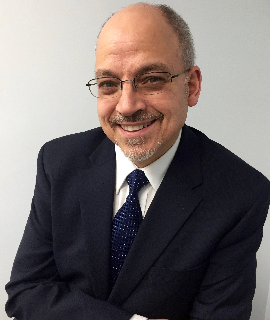Title: Hybridization vs. Biomineralization: An evolution for dental restorations
Abstract:
In the early 1980’s the dentin hybridization model was proposed. It was described as a bioengineered tissue integration of resin into the living dentin of the tooth. Over the following years there have been generations of dentin hybridization adhesives created to attempt to overcome the shortcomings of the previous generations or to attempt to make the process easier for clinical application. However, it has been determined that the average life span of a typical resin bonded composite restorations is 5.7 years at a cost of approximately five billion dollars annually in the United States alone. Various agents have been proposed and subsequently used in an attempt to create more long lasting hybrid bonds. However, it has been stated that the use of these agents applied either separately or mixed with the primer/ adhesive agents appear to only retard rather then prevent bond degradation. It is obvious that a different pathway needs to be traveled and it is proposed that the use of bioactive/biomineralization integrating materials could be the direction to success.




